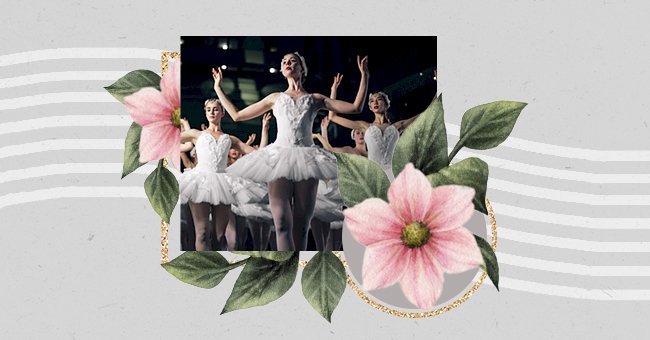
Exploring The History Of Dancing
Dance is something that's been around, in various forms and for many purposes in different cultures. The history can be traced back thousands of years.
Dance, like other art forms, is a form of expression. For eons, people have danced for different reasons and occasions to connect with ancestors, as performance and entertainment (look at TikTok), in times of war, and working out.
The history of dance is long and dense; as such many people spend years learning its history and impact to the point of dedicating their life to exploring dance. With its rich history around the world and its undeniable presence in the present day. Here's a look into the history of one of the most prominent art forms:
Cave Paintings
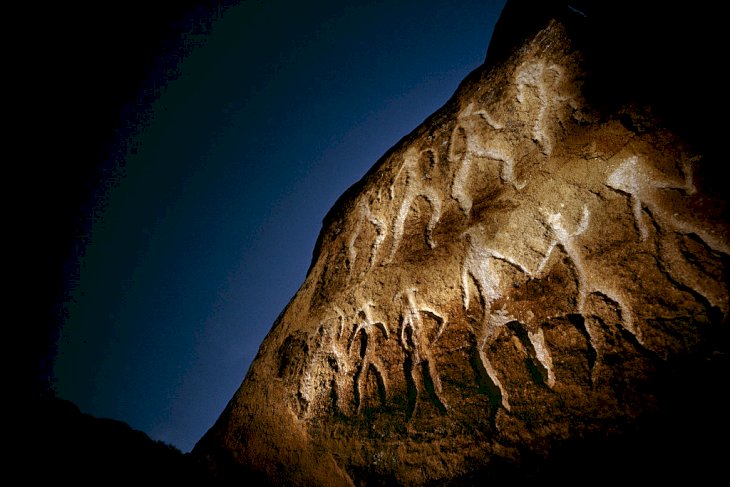
Getty Images
Nine thousand-year-old cave paintings have revealed to us evidence of the existence of dance long ago. Among activities and rituals like childbirth and burials, depictions of dancing have been noted.
However, a more widespread tracing of dance appears in Egypt during the third millennium BC. From the observations made from tomb paintings, the Egyptians were dancing as part of important religious ceremonies. The practice was also seen in Greece.
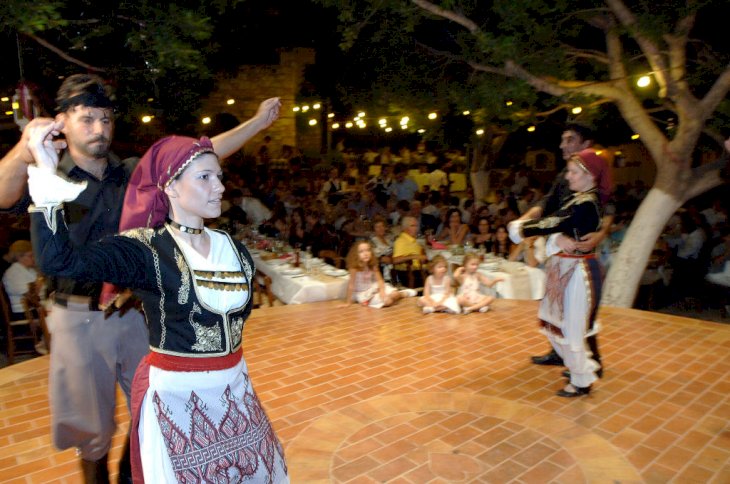
Getty Images
In fact, to the ancient Greeks, dance supposedly served as a signifier of intellect and helped to bring balance to a person's life.
The Purpose Of Dance
Dance was not exclusively reserved for ceremonies and significance. Additionally, dancing for entertainment, seduction, celebration, and general self-expression was widely practiced. Dissimilarly to the Greeks, the Romans supposedly left the slaves and captives though the Romans did enjoy the Pantomine dance.
The Romans also enjoyed a sadistic "dance" as they enjoyed violence. In arenas, prisoners' clothes were set alight so spectators could watch them squirm like in a dance of death.
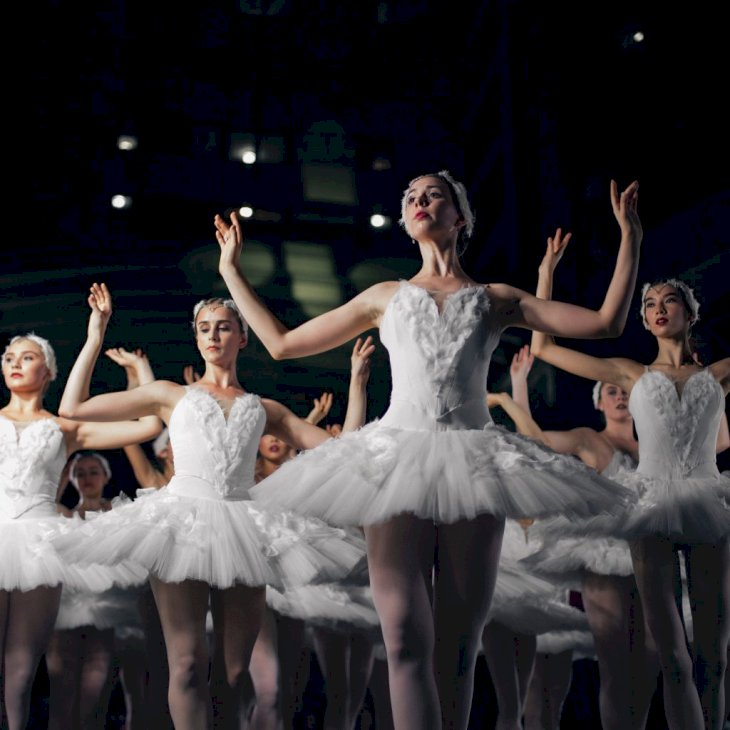
Photo by Michael Afonso on Unsplash
As the years went by, dance would change vastly. In France, around the period of Shakespearean dramas in England, and grand operas in Italy, ballet swept the Parisians by storm as a class signifier. However, 1832 saw ballet get a makeover. This was the beginning of the romantic ballet that saw ballerinas embrace the light as air, dainty style. The Russians would later reinvent the style as a storytelling form, and then the Americans put their twist to it too.
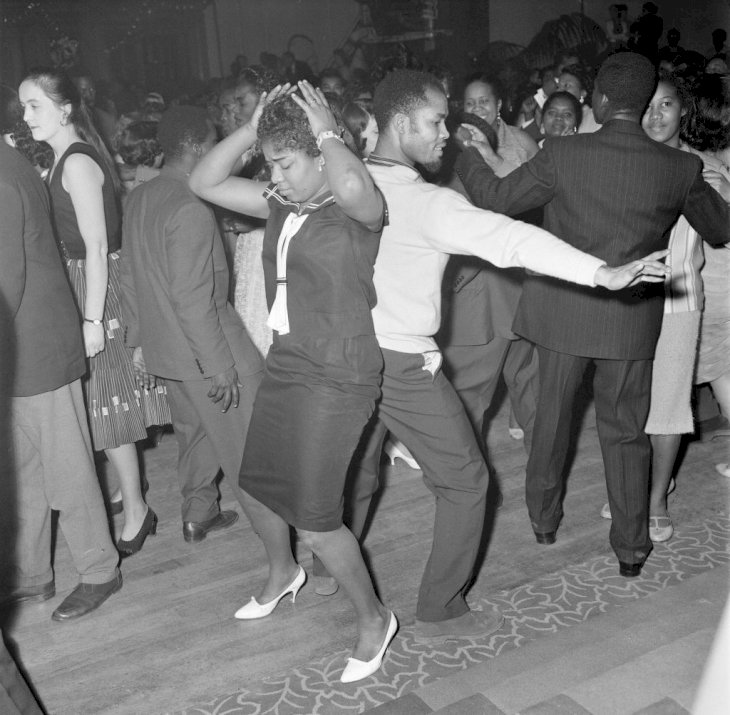
Getty Images
Much later came the period of paired dancing which saw dancing become increasingly complex. The twentieth century came with tangos, foxtrots, hip-hop, breakdancing, and so many more familiar dance styles that reached audiences and enthusiasts worldwide.